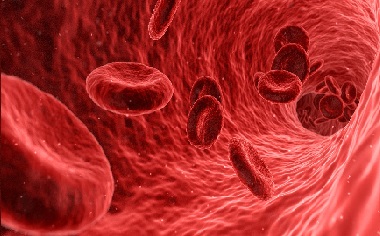
Diffusion and Osmosis
Diffusion
It is the net movement of solute particles from an area of higher concentration to an area of lower concentration, down the concentration gradient, through random movement. It can occur in the presence and absence of a cell membrane. It is living when it occurs in the body through the cell membrane, and it is non-living when it occurs outside the body. It is a passive process which requires no ATP.
Importance
Through the process of diffusion, gaseous exchange takes place in plants and animals. Other than that, the solute in the body moves in and out of the cell membrane through diffusion.
Factors Influencing the Rate of Diffusion:
• Temperature: As the temperature increases, the kinetic energy of the molecules increases. As a result of that, they move faster and the rate of diffusion increases.
• Size of particles: When the size of the particles is small, the movement is faster, and the rate of diffusion is higher.
• Surface area: When the surface area is small, the particles spread out faster compared to when the surface area is large.
• Concentration gradient: Steeper the gradient, faster the rate of diffusion.
• Distances: This refers to the thickness and thinness of the cell membrane. Shorter the distance, faster the rate of diffusion.
Osmosis
It is the movement of water molecules (solvent) from a region of higher water potential to a region of lower water potential. This movement is by a partially permeable membrane, down the water potential gradient. It is a living feature.
Concentrated -> HypertonicDilute -> Hypotonic |
Significance of Water Potential Gradient &
the Effect of Osmosis on Animal and Plant Tissues
• When a plant cell is placed in a solution of high water potential, water moves inside the cell due to the process of osmosis. There is a cell wall is present to sustain the water pressure, so the cell does not burst. It becomes turgid.
• If a plant cell is placed in a solution of lower water potential, water moves out of the cell. Thus, the cytoplasm of the cell shrinks, and the cell becomes flaccid. If the water loss continues, the cell will get plasmolyzed.
• When an animal cell is placed in a solution of higher water potential, the cell will expand. If excess water enters the cell, the cell will burst as there is no cell wall present in animal cells to maintain water pressure.
• When an animal cell is placed in a concentrated solution, water will move out of the cell. The cell becomes wrinkled and crenated.
Figure (i) Osmosis effect, Credit: geteducationskills.com
Active Transport
It is the movement of ions inside or outside of a cell through the cell membrane, from an area of lower concentration to an area of higher concentration against the gradient, using the energy released during respiration. Carrier proteins present on the cell membrane allow these charged particles to pass through.
Importance of Active Transport
The energy-consuming process has several important uses, as in ion uptake by root hairs and glucose uptake by cells in the villi. The root hair cells contain carrier proteins in their plasma membranes which move the mineral ions across them into the cell through the process of active transport. The mineral ions are necessary for the growth of plants. Nitrate ions are required for producing amino acids, which are used to form proteins. Magnesium ions are needed for chlorophyll production in plants. Active transport is also used in the process of glucose uptake by epithelial cells in the villi of the small intestine. Epithelial cells have numerous mitochondria in which cellular respiration takes place. The chemical energy produced by this is converted into kinetic energy which is used for the movement of glucose molecules. This ensures that glucose gets transported into the bloodstream.
